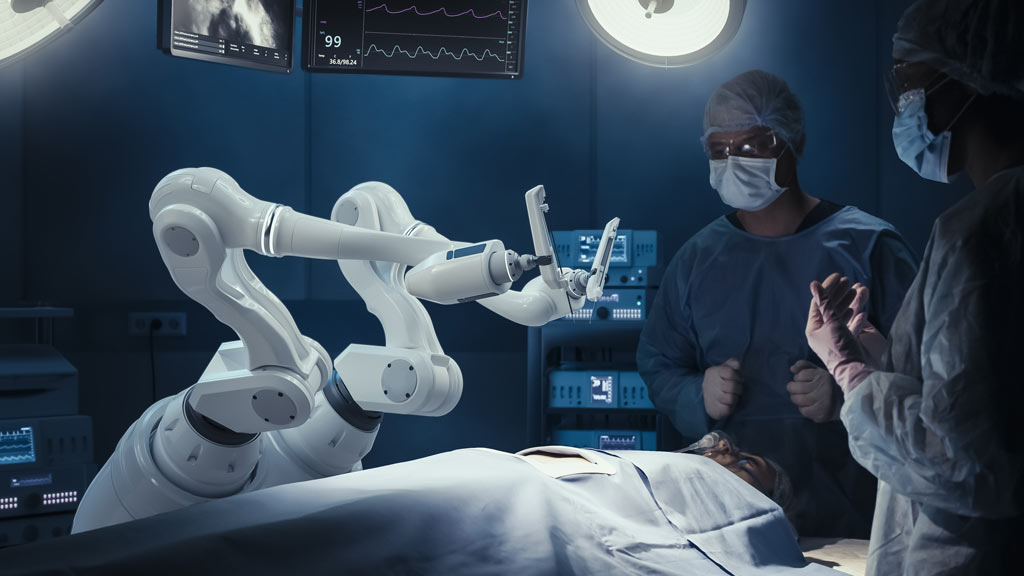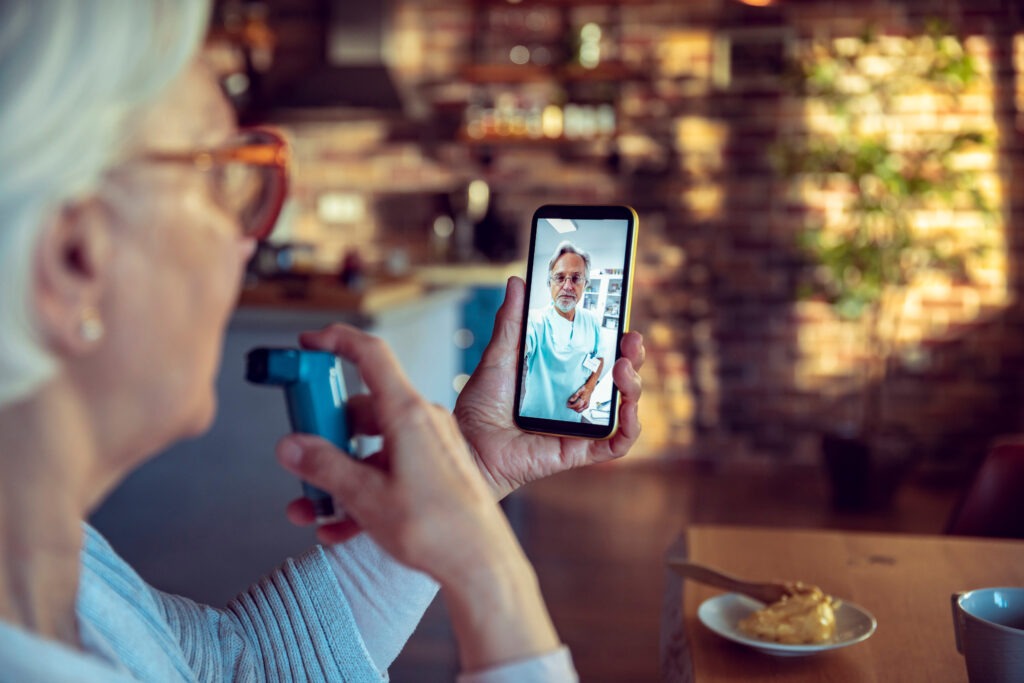Healthcare technology and health technology are not the same, but they are related.
Health technologies, as defined by the WHO, refer to “medicines, medical devices, assistive technologies, techniques and procedures developed to solve health problems and improve the quality of life.”
Meanwhile, healthcare technologies include health technologies, but also “any technology, including medical devices, IT systems, algorithms, artificial intelligence (AI), cloud and blockchain, designed to support healthcare organizations.”
As you can imagine, there’s a lot to unpack here. What’s more, as healthcare technology advances with new devices being developed regularly, not to mention the progression of AI/ML solutions, the list only grows bigger.
But the purpose of this blog post is for you to gain a foundational, rather than exhaustive, understanding of what healthcare technology is and how it might be able to help providers like you as well as your patients.
3 Key Subcategories of Healthcare Technology
1. Health Information Systems (HIS) & Electronic Health Records (EHR)
Electronic health records (EHR), sometimes also referred to as personal health records (PHR), are so much more than digital versions of patient charts. They’re an important component of a healthcare organization’s overarching healthcare information system.
One key benefit of EHRs is that they simplify collaboration between providers since access privileges can be adjusted to allow for a variety of doctors or medical professionals to be granted secure access.
Other benefits of EHR include:
- Lowered expenses for transcription
- Decreased costs associated with chart retrieval, storage, and re-filing
- Enhanced documentation and automated coding features
- Minimized medical errors due to improved access to patient data and error prevention alerts
- Elevated patient health and quality of care through superior disease management and patient education
2. Medical Devices & Equipment (Health Technology)
Connected devices and the Internet of Things (IoT) are being used in the medical industry in new ways every day. For some time now, they’ve facilitated the transition from an in-person-only managed care model to hybrid and in some cases fully remote managed-care models.
High-quality personalized care relies on the extraction of meaningful and accurate patient data, and gathering that is made much easier as health technologies for patients advance.
From connected wearables to remote-managed lockboxes that enable seniors aging in place to access medication at their front door, the ways in which medical devices and equipment continue to provide superior patient care abound.
What’s more, continued innovations in health technology make it easier for healthcare providers to operate under a value-based care model.

3. Clinical Decision Support Systems (CDSS)
Clinical decision support systems (CDSS) include a wide range of tools designed to improve decision-making within the clinical workflow such as:
- Computerized alerts and reminders for healthcare providers and patients
- Clinical guidelines
- Condition-specific order sets
- Targeted patient data reports and summaries
- Documentation templates
- Diagnostic support tools
- Contextually relevant reference information
CDS systems represent an often-glazed-over but nevertheless extremely impactful type of healthcare technology that has the power to:
- Increase quality of care and enhance health outcomes
- Reduce the probability of errors and adverse events
- Improve efficiency for providers
- Lead to increased provider and patient satisfaction
How Healthcare Technologies Impact Patients & Providers
Whether you are a healthcare provider or a patient, you stand to benefit from upgrading your healthcare technologies.
Most patients have directly experienced the improved quality of care that often accompanies the integration of healthcare and technology.
Most providers are already utilizing various technologies in their practice or healthcare facility to operate more efficiently.
Still, the rapid pace of technological advancement means that even those familiar with these innovations still have much to learn and many potential benefits to discover.
From extended reality applied to pain management and mental health to D2C genetic testing and 3D bioprinting, there’s so much healthcare technology innovation on the horizon, and each type offers an as-yet-untold number of benefits.
Be on the Leading Edge of Healthcare Technology
Ready to improve the quality of your care, establish more efficient protocols and workflows, and position your healthcare facility at the leading edge of technological advancement?
At Digital Scientists, we solve complex problems with technology & data. Contact us to learn how we can help you become a healthcare tech leader.



